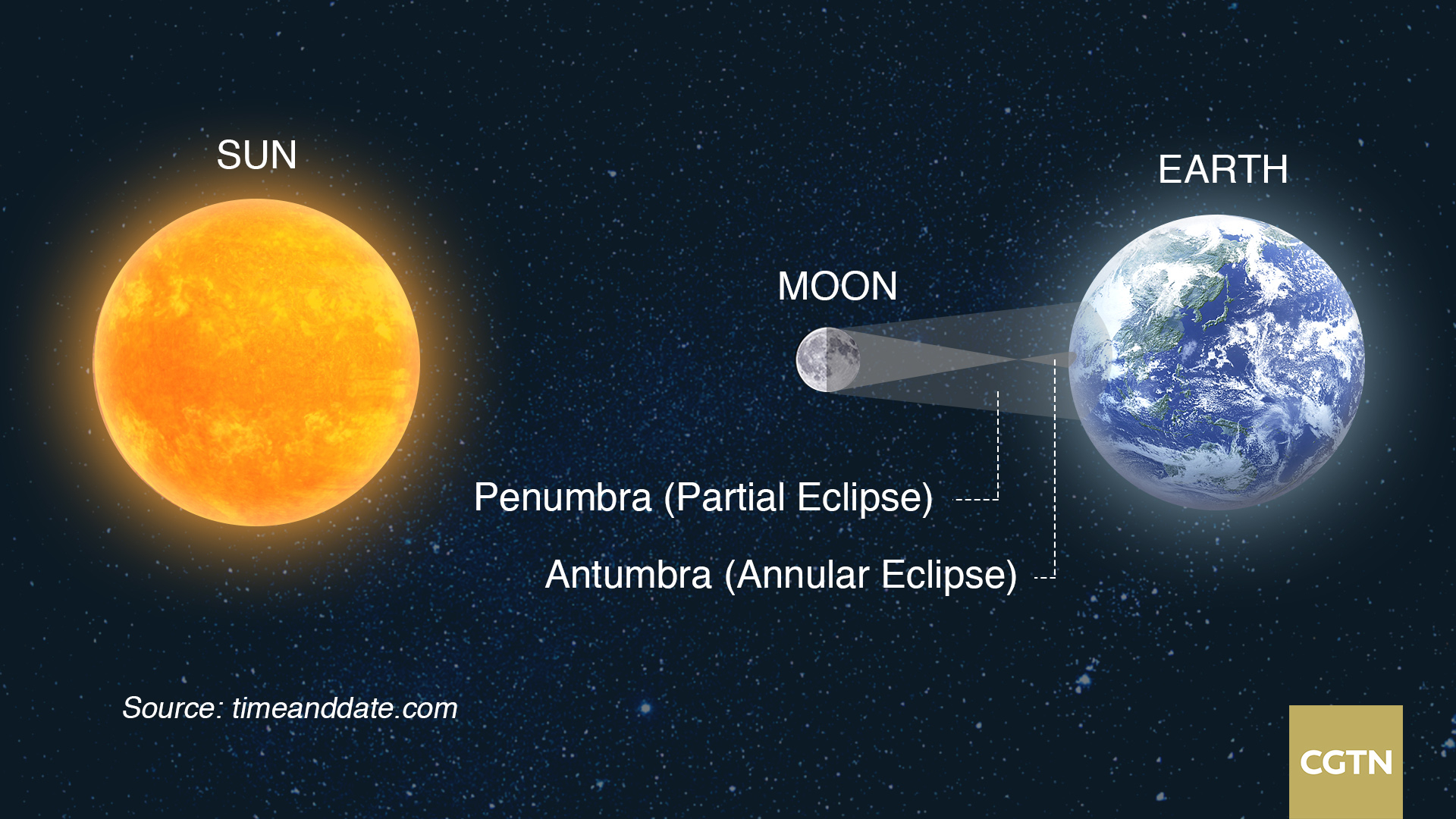

In this context, the Hebrew words could be referring to a solar eclipse," Humphreys explained.īy reading the hieroglyphs carved in the granite Merneptah Stele, an Egyptian text dating from the reigns of Pharaoh Merneptah and his son Ramesses the Great, historians were able to date the Israelites' presence in Canaan to between 1500 B.C. "Going back to the original Hebrew text, we determined that an alternative meaning could be that the sun and moon just stopped doing what they normally do: They stopped shining. The meaning had been lost in English renderings, but recent translations by Professor Sir Colin Humphreys suggest they reference an eclipse. And the sun stood still, and the moon stopped," the text reads. "Sun, stand still at Gibeon, and moon, in the Valley of Aijalon. The verses in question concern the passage in which Joshua leads the Israelites into Canaan. The study, published in the astronomical journal Astronomy & Geophysics, explains how experts went back to the original Hebrew text of the Christian and Jewish holy book to shed light on a passage that had baffled scholars for centuries. Related: Who Built Ancient Egypt's Great Pyramid? Hidden Text Holds Clues to Thousand-Year-Old Mystery

Using rare ancient Egyptian carvings and passages from the Old Testament book of Joshua, academics have revealed the date of the earliest-ever recorded solar eclipse, establishing an exact chronology of when Pharaohs ruled.īy cross-referencing the two texts, academics from the United Kingdom's University of Cambridge have ascertained that the solar eclipse mentioned in the Bible occurred the afternoon of OctoB.C.


 0 kommentar(er)
0 kommentar(er)
